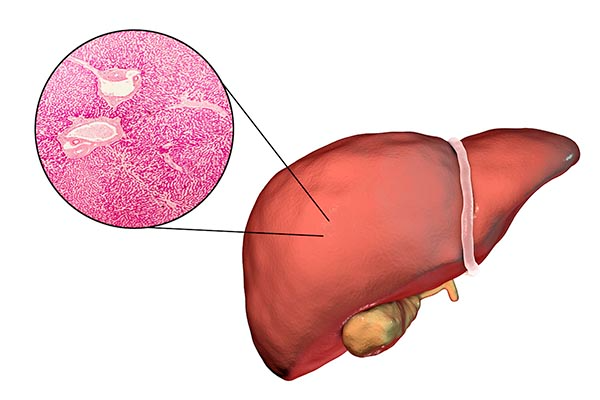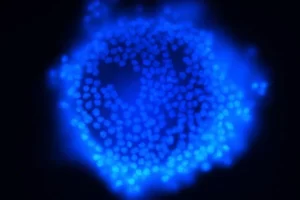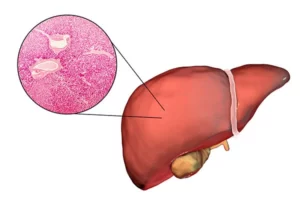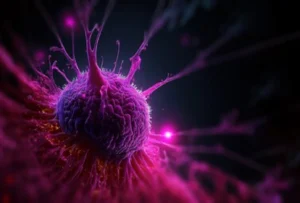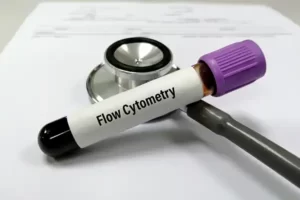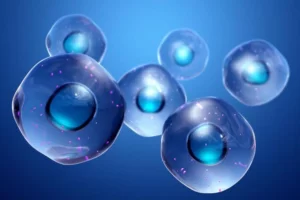Culturing Hepatocytes: A Comprehensive Review of the State of the Art
In vivo, hepatocytes are highly differentiated cells residing in a complex microenvironment. In vitro though the cells quickly lose hepatic phenotype and function. Writing in a recent edition of APL Bioengineering, authors Jose M. de Hoyos-Vega, Hye Jin Hong, Gulnaz Stybayeva, and Alexander Revzin (see “Hepatocyte Cultures: From Collagen Gel Sandwiches To Microfluidic Devices With Integrated Biosensors”, APL Bioengineering 5, 041504 (2021) https://doi.org/10.1063/5.0058798) discuss new methods to rescue hepatic function in vitro and also discuss emerging microfluidic-based culture approaches.
Primary hepatocytes can be isolated from animal models, such as rodents, or from human liver resections. However, once the tissue is dissected, hepatocytes become vulnerable to ischemia and therefore decay quickly. Regardless of how the tissue is preserved and digested, cellular yield is typically poor, and a significant decrease in phase I and II metabolizing enzymes has been reported. Current hepatocyte cultures include simple 2D but these are not very functional. This led to the development of ECM gel cultures, co-cultures with non-parenchymal cells, hepatocyte spheroids in ECM gel, and finally precision cut slices which rank highest in biomimicry. However, even liver slices decay in viability and hepatic function within 5 days of culture.
Drug toxicity studies and cell-based liver therapies are two principal and potentially large scale applications that would benefit from development of a method to culture hepatocytes which preserves innate function and physiology. A promising technique is microfluidic-based culturing which greatly reduces the number of starting cells for cultivation, provides precise control over composition and flow rate, and can practically generate a gradient that reflects actual liver zonation. Liver zonation occurs because oxygen, nutrients, and hormonal gradients generated along the hepatic sinusoid induce different levels of enzymatic activity in hepatocytes residing along the PP to PV axis. An interesting possibility is enrichment and gating of the different cell types representing the different liver zones based on density, once upstream culturing is accomplished, with a solution like the LeviCell system.

